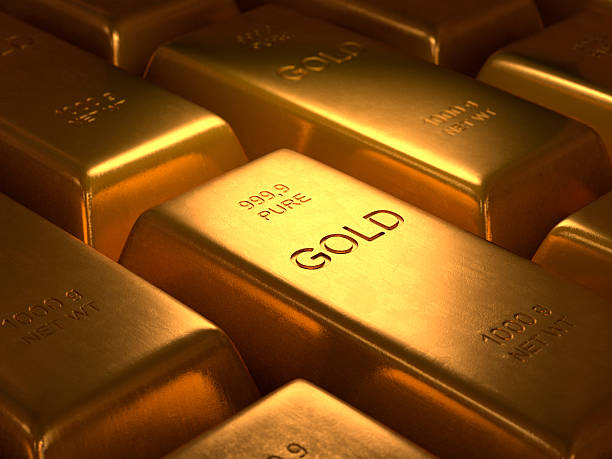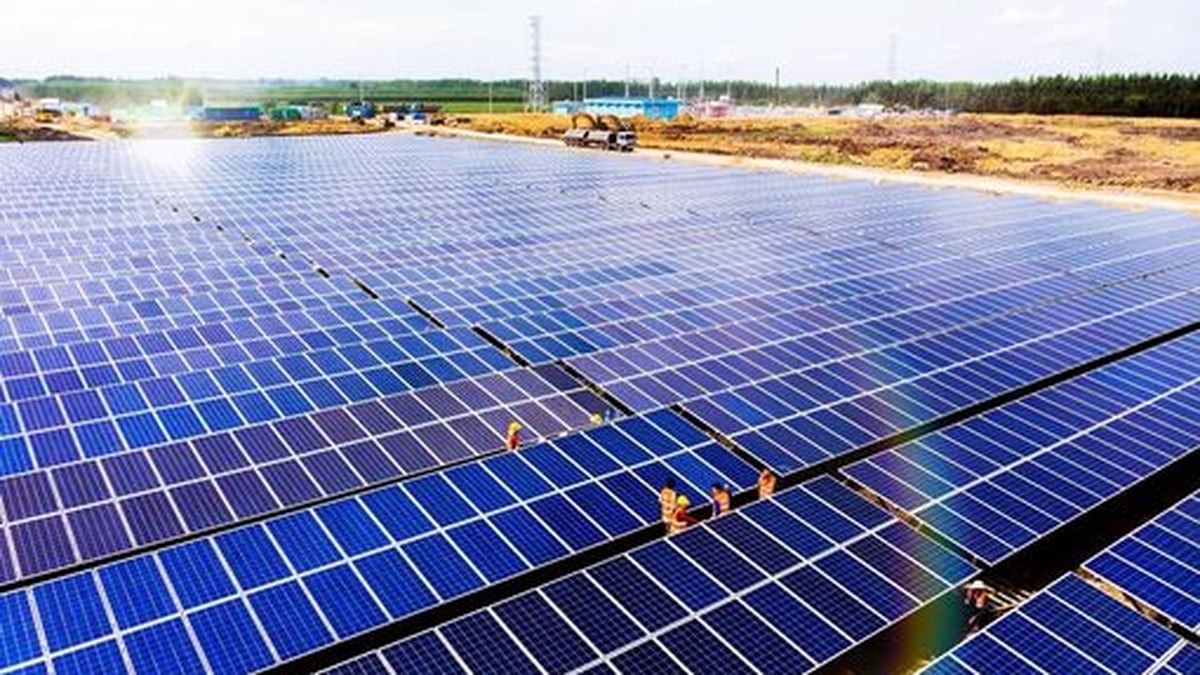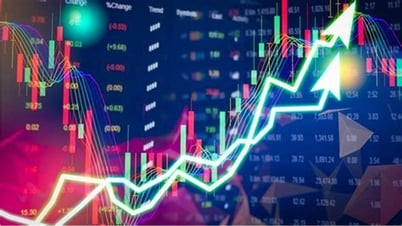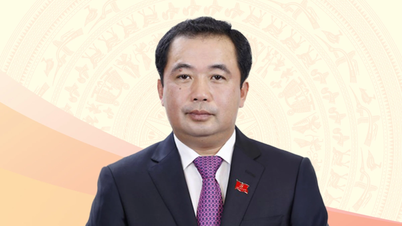The World Gold Council (WGC) Gold Demand Trends Q1/2025 report shows that total quarterly gold demand (including the over-the-counter market - OTC) was 1,206 tons, up 1% year-on-year in the context of record high gold prices, surpassing the threshold of 3,000 USD/ounce.
A rebound in gold exchange-traded funds (ETFs) has driven total investment demand to more than double to 552 tonnes, up 170% year-on-year and the highest since Q1 2022. Inflows into ETFs have accelerated globally, totaling the equivalent of 226 tonnes in Q1 as rising prices and tariff uncertainty have driven investors to gold as a safe haven.
Central banks are now entering their 16th consecutive year of net gold purchases, adding 244 tonnes to global reserves in Q1 amid ongoing global uncertainty. While this is down 21% year-on-year, it still represents strong demand, with purchases steady at the quarterly average over the past three years.

“Amid rising economic and geopolitical risks, investment demand for gold is expected to increase in investment channels such as exchange-traded funds (ETFs) and over- the -counter (OTC), while gold bars and coins are likely to remain attractive. In contrast, demand for gold jewelry is likely to remain weak due to high gold prices,” said Shaokai Fan, Regional Director for Asia-Pacific (excluding China) and Global Head of Central Banks at the World Gold Council.
Total demand for gold bars and coins increased by 3% year-on-year to remain strong at 325 tonnes in Q1, driven by strong retail investment activity in China, which recorded the second-highest Q1 retail investment demand on record. Eastern investors were the main drivers of global demand for gold bars and coins, offsetting a decline in the West, with US demand down 22% year-on-year. Europe saw a slight recovery in gold demand, reaching 12 tonnes in Q1, but this was up from a very low base in the same period last year.
In general, demand for gold bars and gold coins increased sharply compared to the same period last year in ASEAN markets. However, Vietnam was an exception, with demand for gold investment decreasing by 15% compared to the same period last year due to limited supply of gold products, pushing the gold price gap to a high level.
Unsurprisingly, demand for gold jewelry was negatively affected as gold prices hit a record high of 20 in Q1. Gold jewelry trading volumes fell to their lowest levels since the Covid pandemic broke out in 2020. Despite the huge price pressure, the gold jewelry market remained stable, especially in terms of value. In Q1, consumer spending on gold jewelry increased by 9% year-on-year to $35 billion, excluding China.
ASEAN markets followed the global trend, with jewelry demand falling due to record high gold prices. Although Vietnam recorded a 5% increase in jewelry consumption compared to the fourth quarter of 2024, jewelry demand still fell 15% compared to the same period last year due to high gold prices.
Total gold supply in Q1 was relatively stable compared to the same period last year, at 1,206 tonnes, as record-high gold mine production in Q1 offset a slight decline in recycled gold. Gold demand in the technology sector was also unchanged at 80 tonnes compared to Q1 2024.
Louise Street, Senior Market Analyst at the World Gold Council, said: “Global markets have had a volatile start to the year as trade uncertainty, unpredictable policy announcements from the US, persistent geopolitical tensions and fears of a possible return to recession have created an uncertain environment for investors. Against this backdrop, investment demand for gold has helped drive Q1 demand to its highest level since 2016.
“Investors have returned to gold ETFs over the past 10 months, increasing their allocations since the third quarter of last year. As of April, inflows into ETFs from Asia exceeded the total inflows for the entire first quarter. However, there is still room for growth, with global gold holdings now 10% below their 2020 highs.
Going forward, the overall economic picture remains difficult to predict and that uncertainty could drive gold prices higher. As volatile times continue, demand for gold as a safe haven asset from institutions, individuals and the official sector could increase in the coming months."
Source: https://doanhnghiepvn.vn/kinh-te/kinh-doanh/gia-vang-sap-toi-se-dien-bien-ra-sao/20250505095226177



































































































Comment (0)